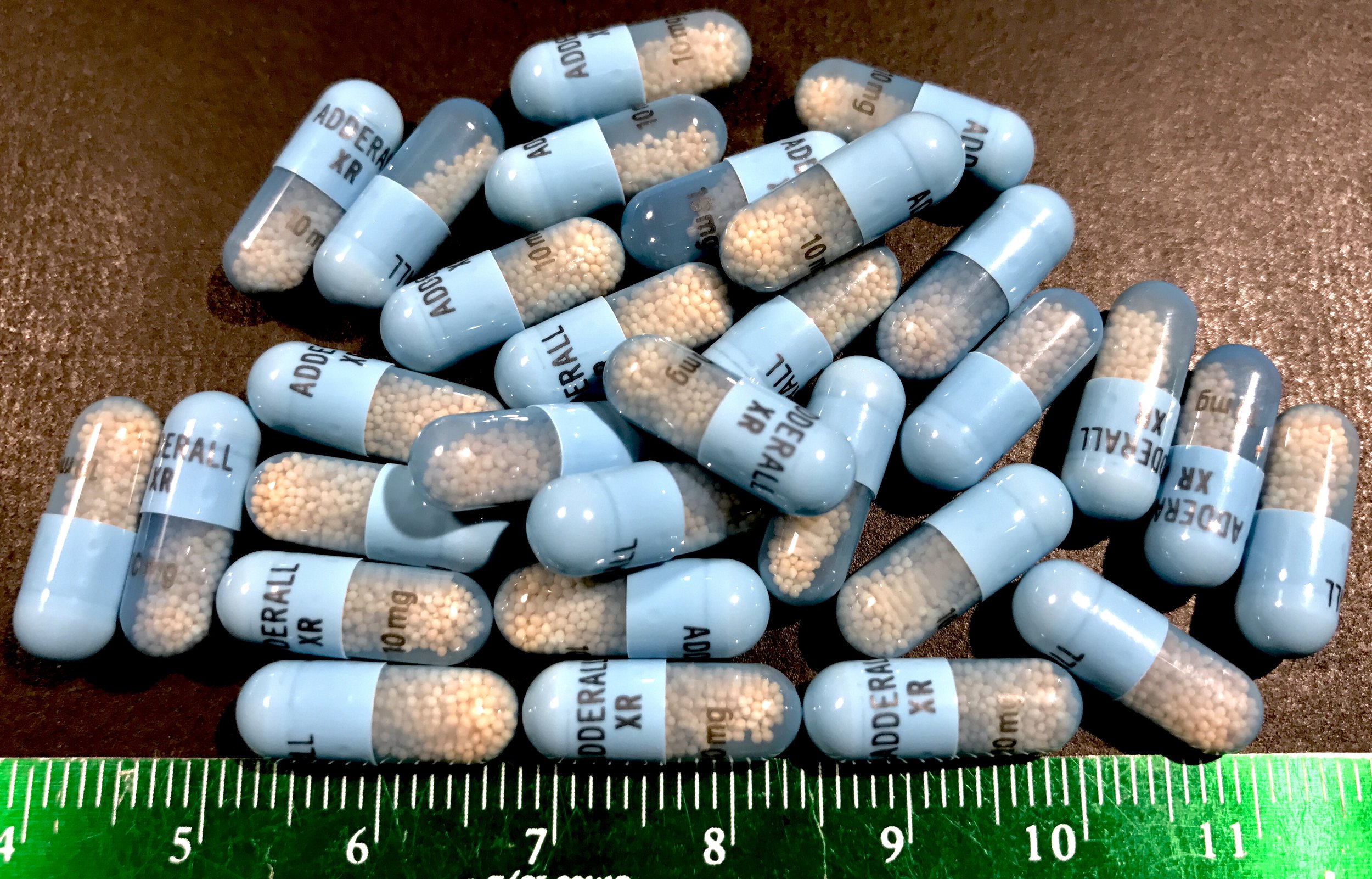If you're considering a career in the booming cannabis industry, education should be at the top of your priority list. With the rapidly evolving landscape of cannabis laws and regulations, as well as the growing demand for skilled professionals in this field, having a solid education is crucial to position yourself for success. One excellent resource for cannabis education is the Academy of Cannabis Science.
When it comes to the cannabis industry, it's not just about knowing how to roll a joint or grow a plant. It's a complex and multifaceted industry that requires expertise in areas such as cultivation, extraction, manufacturing, testing, distribution, and more. By enrolling in reputable cannabis education programs like the ones offered by The Academy, you can gain the knowledge and skills needed to excel in your desired cannabis career.
Since 2015, the Academy of Cannabisscience has offered comprehensive, science-based education that covers a wide range of topics related to cannabis, including the science of cannabinoids, cannabis cultivation, extraction methods, laboratory testing, quality control, regulatory compliance, and patient care. Their courses are designed and taught by industry experts with years of experience in the cannabis field, providing you with up-to-date and relevant knowledge.
Having a solid education in cannabis can set you apart from the competition in the job market. Many employers in the cannabis industry value candidates with formal education and certifications, as it demonstrates your commitment to professionalism and your ability to understand the intricacies of the industry. With the evolving nature of cannabis laws and regulations, staying informed and educated is essential to navigate the complex legal landscape and ensure compliance.
In addition to enhancing your job prospects, cannabis education can also empower you to make informed decisions in your cannabis career. It can help you understand the nuances of different cannabis products, their effects, and potential risks, which is vital when working with patients or customers. It can also provide you with the knowledge needed to contribute to the advancement of the cannabis industry through research, innovation, and advocacy.
In conclusion, if you're serious about pursuing a career in the cannabis industry, investing in education is a smart move. The Academy of Cannabis Science is a reputable resource that offers comprehensive cannabis education, empowering you with the knowledge and skills needed to excel in this rapidly growing field. Whether you're a seasoned professional looking to upskill or a newcomer exploring career opportunities, education from the Academy of Cannabis Science can give you a competitive edge and help you make a meaningful impact in the cannabis industry. Join our cannabis family today.











